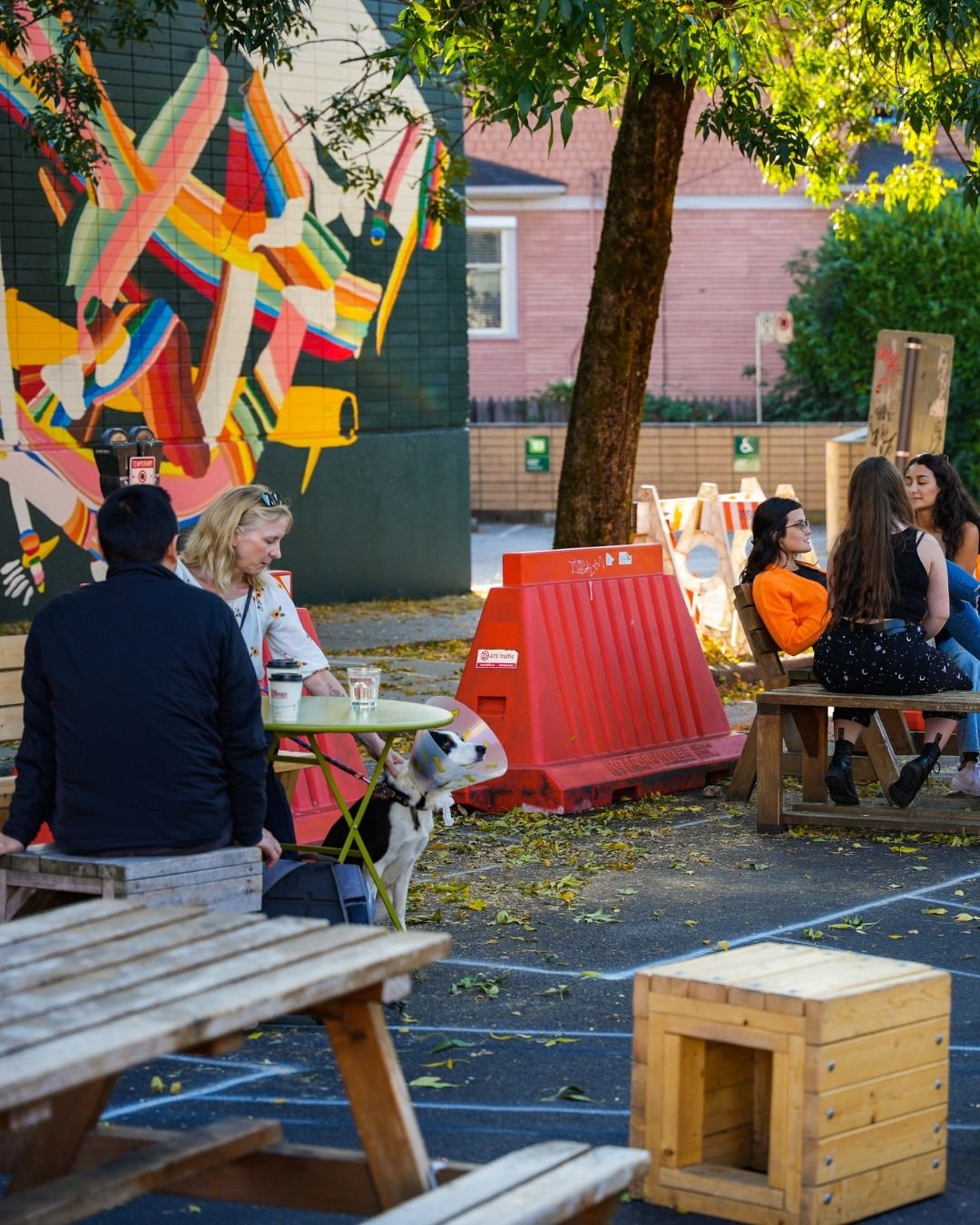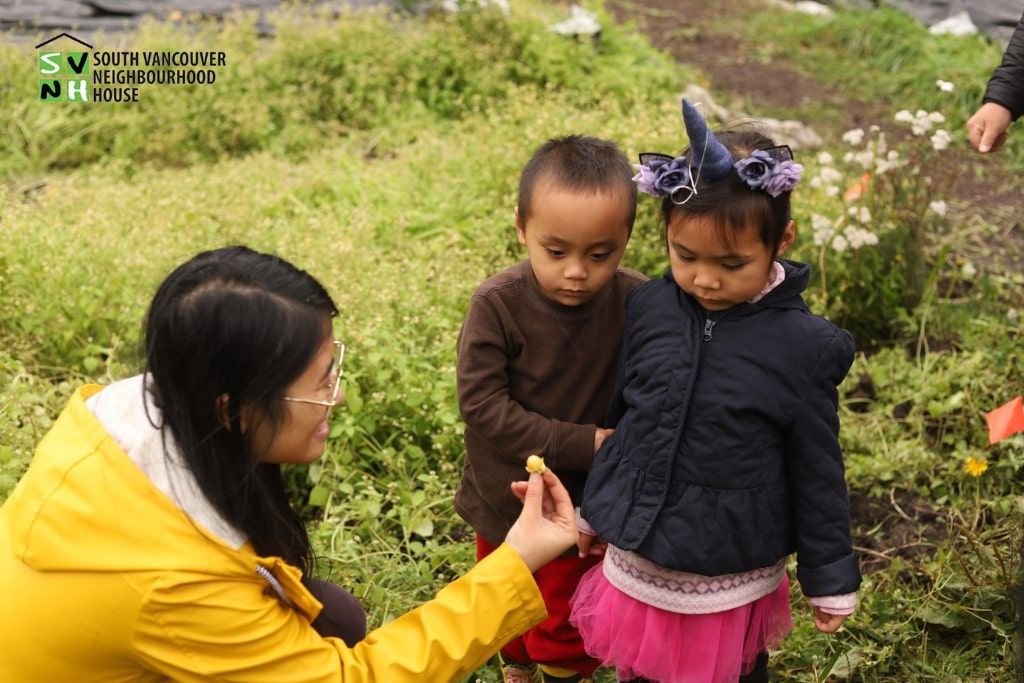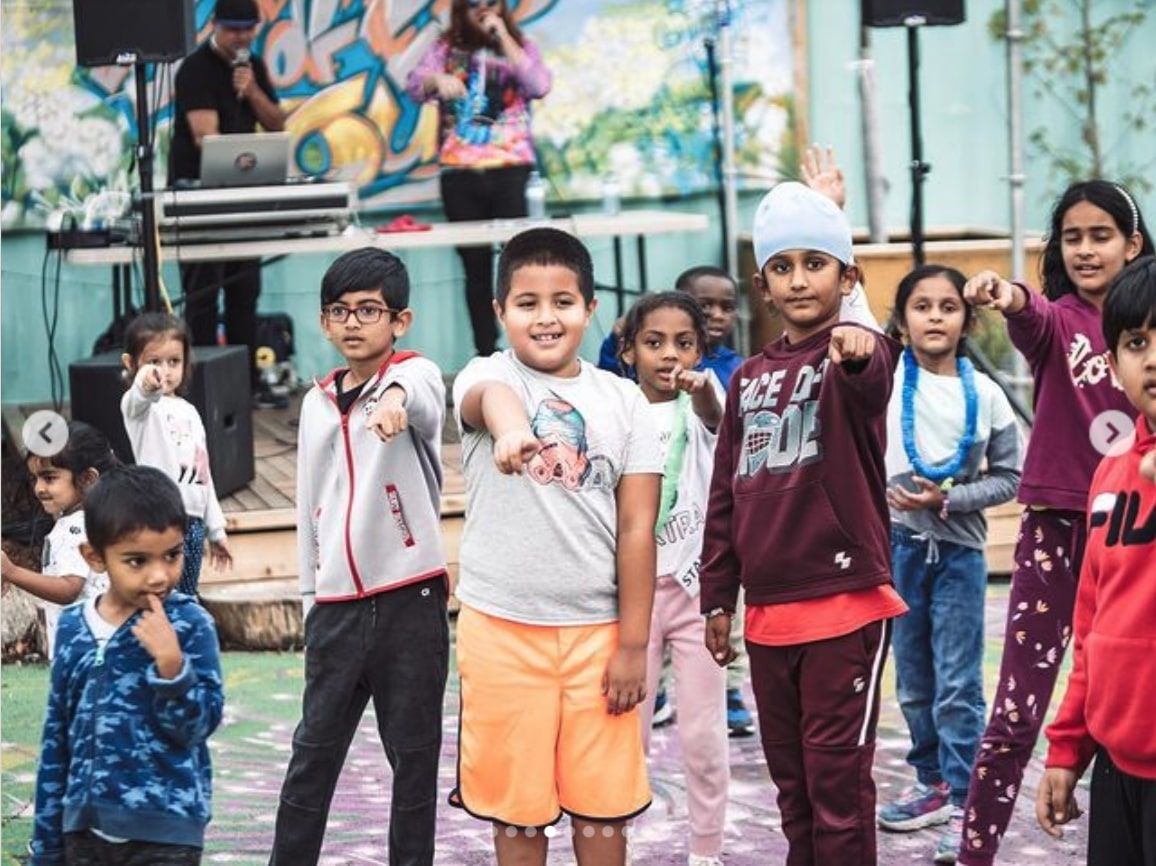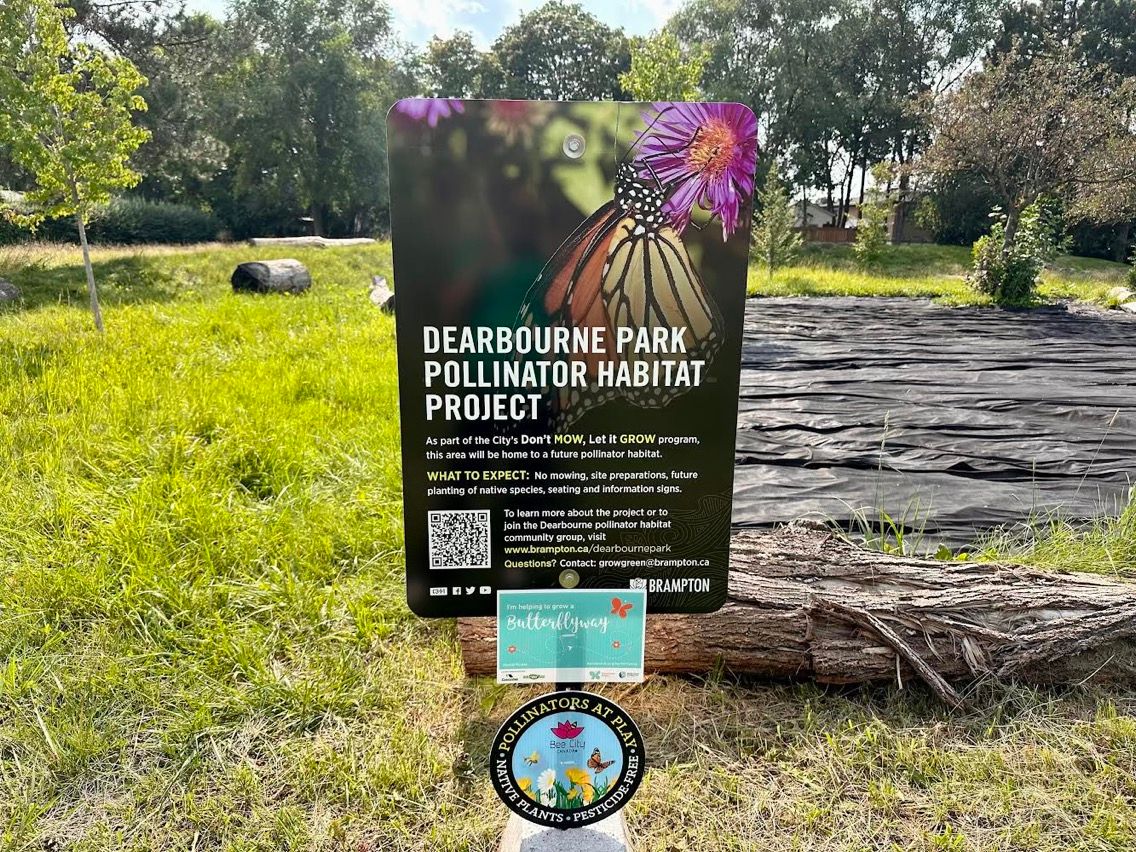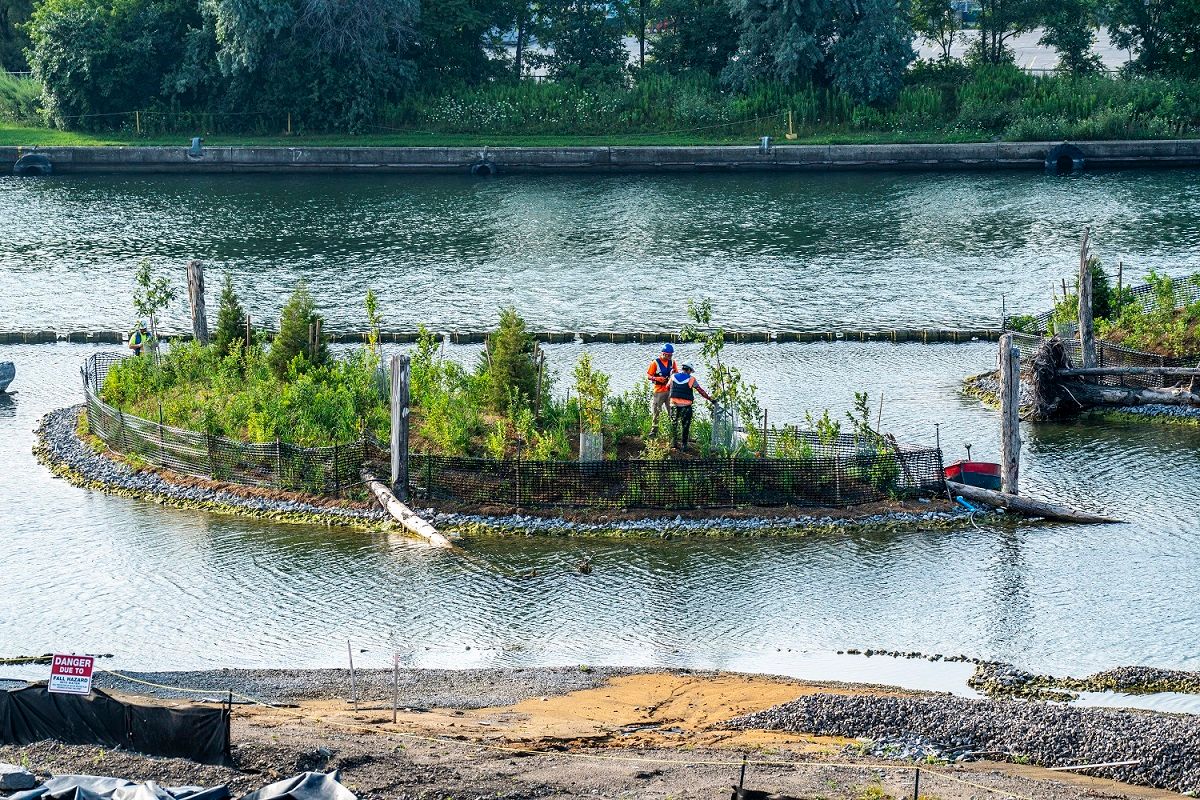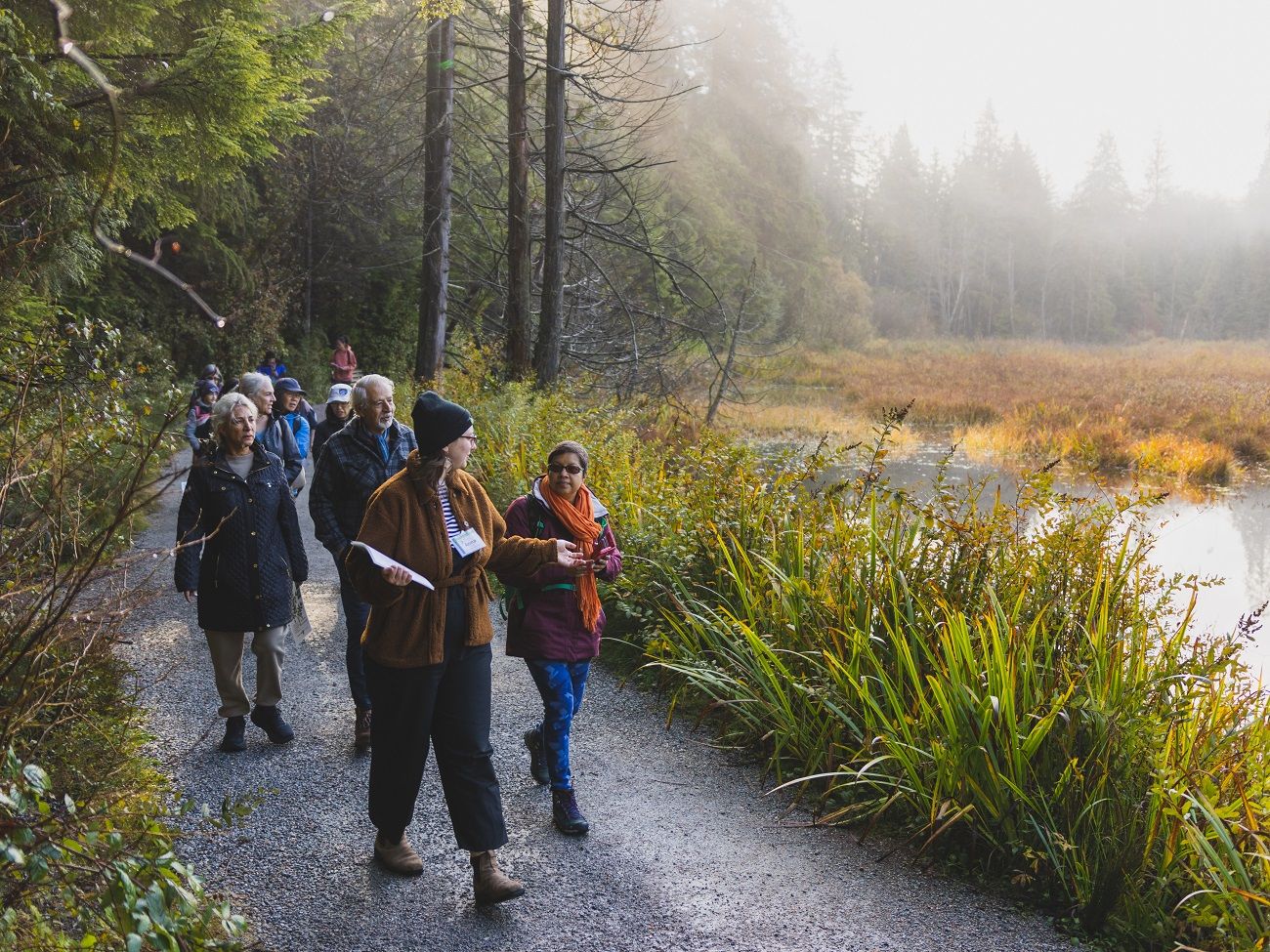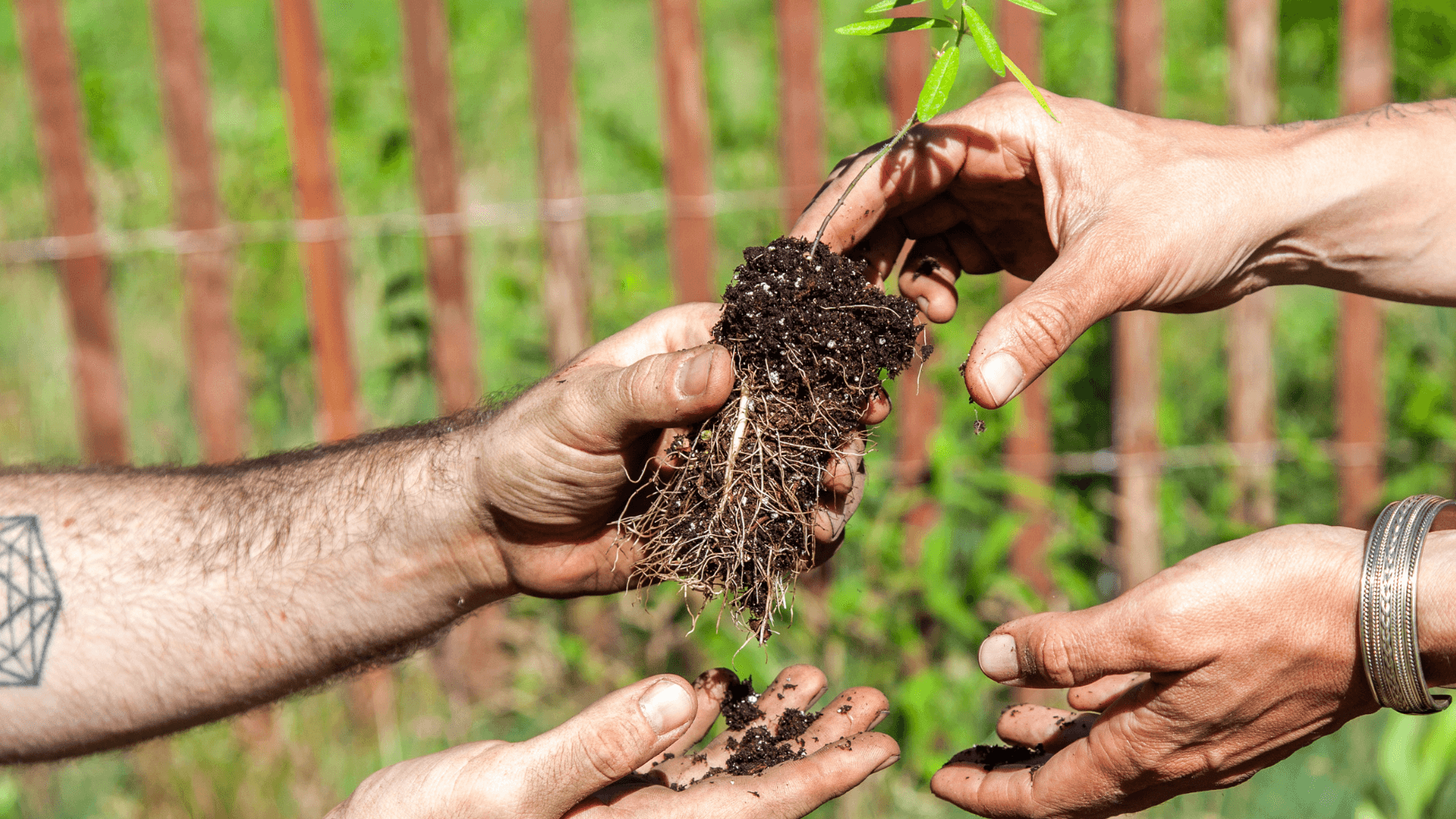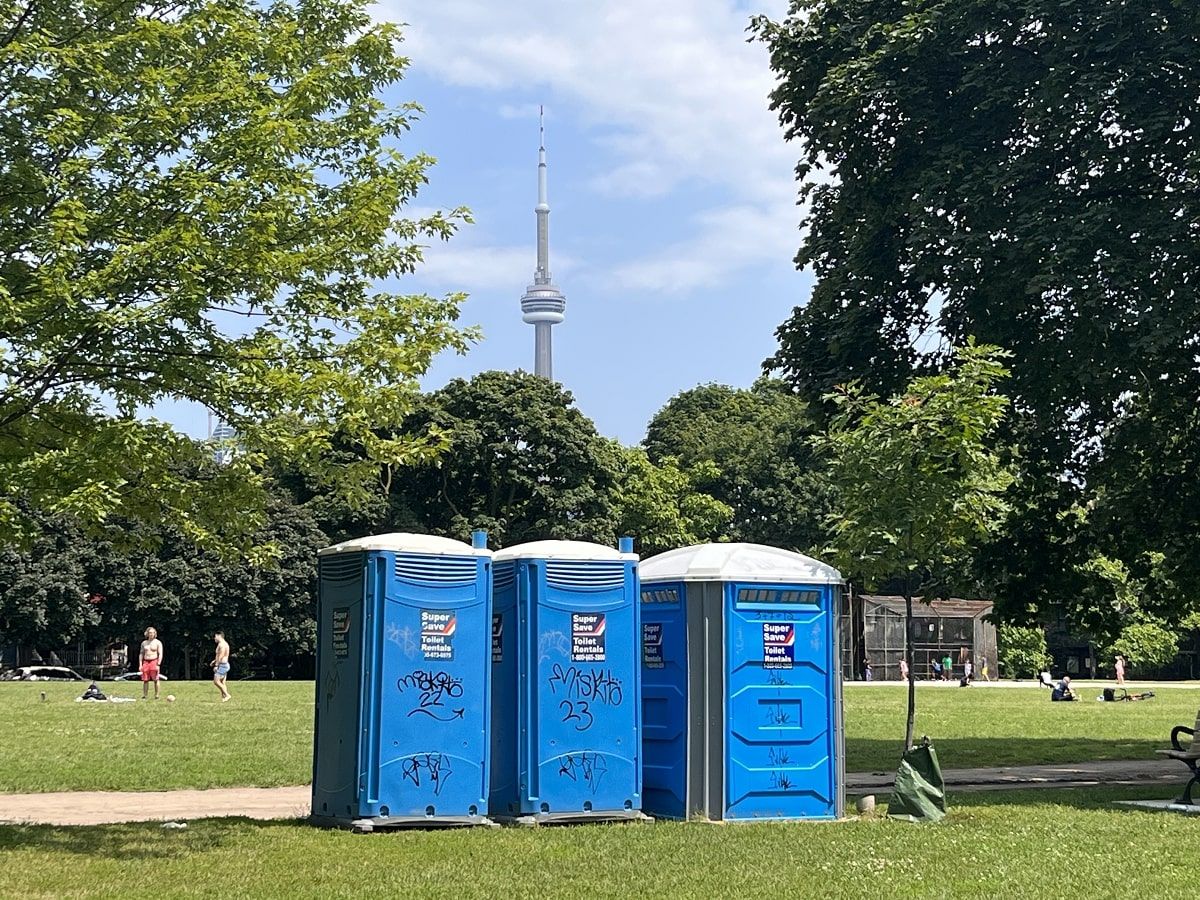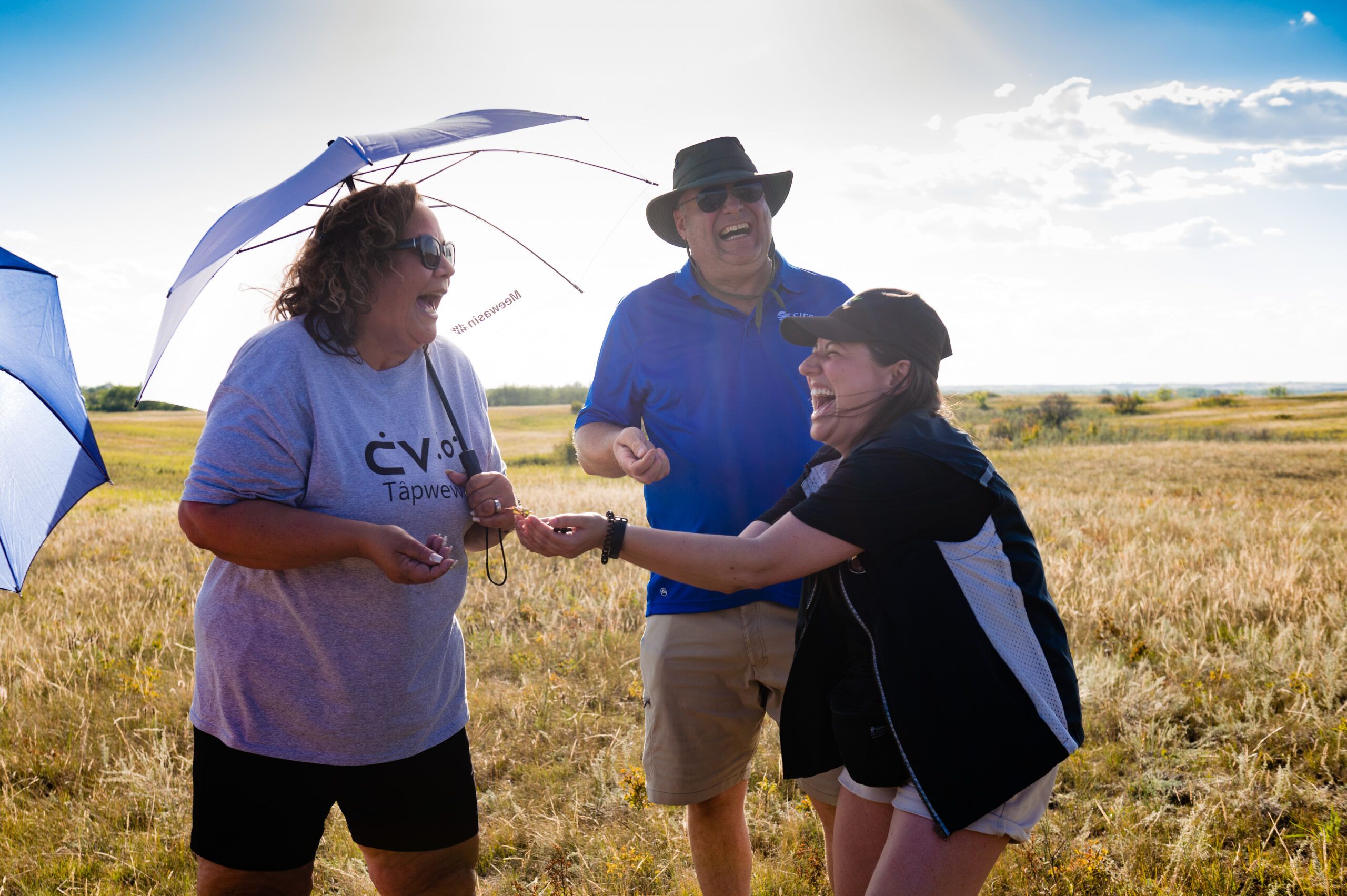
Over the past five years of the Canadian City Parks Report, our goal has always been to tell a story—the story of where city parks are going and where they need to go.
This year, we took an even deeper approach to gathering these stories. We sat down for interviews with 44 senior parks staff across 30 municipalities, who generously shared with us the challenges they are facing, the projects and people inspiring them, and their vision for the future of city parks. Here, we weave together the themes we heard from those conversations with the data we gathered from our surveys of 35 municipalities and over 2000 residents of Canadian cities.
This report comes at a moment when Park People will soon be releasing our own updated theory of change—the roadmap that outlines our vision for making an impact in the world. In this vision, we see parks as an essential part of the transition to equitable cities where people and the rest of nature thrive.
We are committed to working with vital changemakers, like government staff and other park professionals, to get there. With this in mind, we aim not only to share our learnings, but also offer strategic policy directions, inspiring solution stories, and concrete tools to help us collectively advance change.
Over the past three years, we’ve reported on the sharp uptick in usage of city parks across Canada.
In the depths of the pandemic, people sought out parks as a way to stay connected safely, exercise, and de-stress.
These new patterns of use have since solidified into a new baseline of park use higher than pre-pandemic.
In the early days of the pandemic, 55% of cities we surveyed reported increased park use—a significant, but not surprising finding considering many indoor spaces were closed during this time.


However, that use has not declined in the intervening years—it has increased.
Between 2020 and 2022, park use increased a further 15% above 2020 pandemic levels.¹
"We’re seeing higher demand on our open space than ever before. Which causes, on an operation side, extra maintenance. But also just changing needs."City Staff Interviewee
While people spending time in parks is a positive story, it is also putting increasing pressure on parks departments already strapped from years of austerity budgets. It may also be leading to more conflicts between park goers over sharing space.
"Parks are not just a priority, they’re as important as any other municipal service."City Staff Interviewee
Measures of parkland are often steeped in quantity metrics.
For example, measuring how many residents live within a five minute walk of a park or how many hectares of park space a city has per thousand people.¹
While measuring quantity comes with its own complications, it’s much easier to measure than the more amorphous park quality. And yet quality can have just as much, if not more, of an influence on park use and experience.
If a park is within a five minute walk, but it has none of the amenities you need, or you don’t feel safe, or everything feels run down—well, you may be disinclined to use it much. Indeed, the top barrier to visiting parks reported by city residents in our survey was a lack of appropriate park amenities.
The condition of those amenities is another factor that greatly impacts park quality. And every single Canadian city is struggling with aging infrastructure.

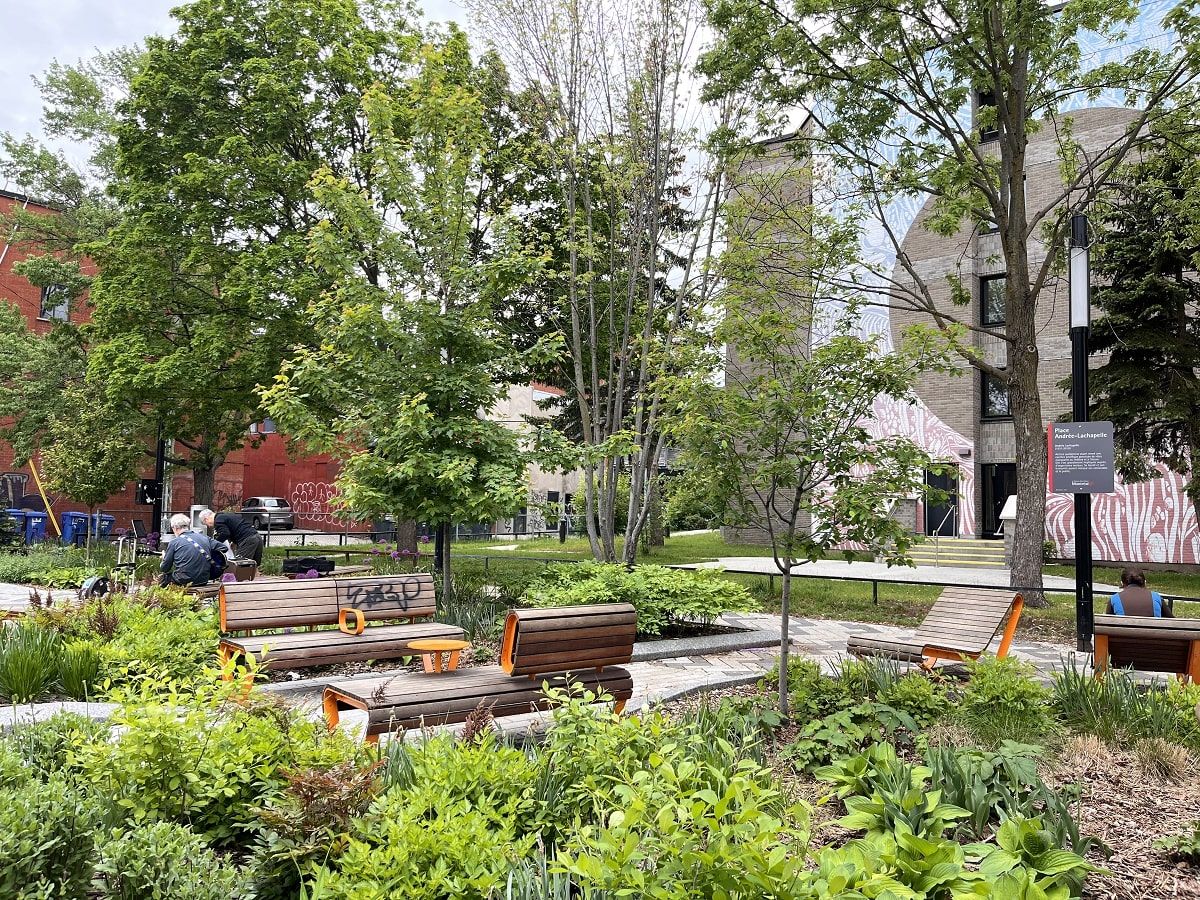
There are a few key challenges. One is funding. Current systems of park funding privilege growth-related park spending over investing in the existing park system. Funding mechanisms like development levies are often dedicated to land acquisition or new park amenities. The idea behind this system makes intuitive sense— growth pays for growth. However, the result is that new parks are being built, while existing parks and park amenities fall into further disrepair.
As one park director told us 80% of development levy funding goes towards “shiny new things” while just 20% of funding goes towards existing assets.
"We have ample funds to build new, right? But we’re exacerbating our issue by building more new beautiful parks and yet not having the money to replace and not putting money aside to replace the new ones either in time."City Staff Interviewee
However, another challenge is data. While most cities set quantity-based targets for parkland, few collect data on park “quality.” When quality data is collected, it’s often simply about the presence and distribution of park amenities like water fountains, soccer fields, and benches. While this is critical data, it’s arguably quantity metrics in another form.
And yet the largest challenge cities say they face is asset management. If cities don’t fully understand the quality of assets, how are they supposed to strategically invest in park quality?
"We're faced with now not having money to replace [park amenities] and potentially having to remove them, which is going to be very difficult for the public to come to terms with if they start losing assets."City Staff Interviewee
Taking this further, most cities also do not apply an equity-based lens to their park planning that considers factors such as income, race, age, and historic levels of investment in different neighbourhoods.
Understanding the quality of parks and park amenities and coupling that with equity-based mapping would allow cities to more strategically allocate funds toward the areas where the needs are greatest, and the improvements most relevant to residents.
As municipalities intensify, new types of parks are needed to serve denser communities—particularly for cities transitioning from a suburban to more urban form.
More municipalities are experimenting with linear parks and greenways, encumbered parkland (e.g., parks over parking garages), and privately-owned public spaces (POPS).
These spaces, however, come with unique challenges. Repairs to an underground parking garage can impact parkland above, while POPS come with concerns regarding private security monitoring (and often restricting) the use of public space.
Converting streets to parks is another area of interest for cities looking to leverage existing city-owned land to create new public space. This action is broadly supported by city residents. This could be an effect of the pandemic where streets were used in many cities for outdoor dining and some instituted “slow streets” that calmed traffic to allow for exercise and play.
"One of the most critical changes that we're facing right now is this very, very strong drive for high intensity, high rise, urbanization. This changes how we design parks …I look at it as a window of opportunity to come up with some really creative park designs in the future, partly out of necessity, partially because of the appropriateness of changing our design philosophy."City Staff Interviewee

Using land already in the public space system, like streets, is likely to become more tempting, particularly when acquiring land is challenging from a scarcity and cost perspective in many places. In most cities, street space vastly outstrips park space—for example, in Vancouver 10% of the land is dedicated to parks, while 28% is for streets.
"That acquisition process is, for me, the challenging thing because where a lot of really peak population growth is occurring is not the place where there's spare land available."City Staff Interviewee
While some projects may convert streets to permanent parks, others could include temporary or flexible spaces that respond to changing needs. These projects come with new management challenges, however. While the public may not care whether the space is under the jurisdiction of a transportation or parks department, as one parks planning director pointed out, it does mean the city itself has to figure out those spaces from a funding and operations perspective.
“Privately owned public spaces will eventually become a reality for parks ... We see more private space taking the role for public use, which at a social level has its implications.”City Staff Interviewee
New funding tools and collaborative arrangements are needed in many of these new park spaces where there may be intersections between public and private space, city departments, and different levels of government.
We might think of parks as natural spaces, but many are highly manicured and geared towards human recreational needs, including sports fields, mowed grass picnic areas, ornamental flower beds, and other amenities.
In the 2022 Canadian City Parks Report, for example, cities reported that slightly less than half of overall parkland was deemed “natural” areas.
However, in the last two years we’ve seen a growing trend towards increasing natural areas, including introducing “micro” naturalized spaces within existing neighbourhood parks.


One reason is that naturalized parkland helps cities meet both climate resilience and biodiversity goals by reintroducing native species’ habitat and creating more complex understory growth as a way to mitigate the urban heat island effect.
Some cities mentioned that naturalized areas require less maintenance and can present an opportunity to save on operational budgets, while others pointed out that certain naturalized elements, particularly green infrastructure like bioswales and rain gardens, require specialized staff training and maintenance to ensure they are working effectively.
"We are trying to introduce more naturalized components in our parks. Where the challenge lies in getting a public acceptance... there is still this attitude that parks need to be manicured, they have to be pristine... And so there's a strong educational component that needs to be considered in this."City Staff Interviewee
These spaces are also growing in popularity with residents, our survey results show. This is not surprising because, as we’ve reported before, many residents increased their use of natural spaces during the pandemic—a habit that has stuck around.
As with the high use of parks in general, however, there are challenges that come with increased popularity and use of natural areas. Cities are dealing with damage to environmentally sensitive areas, including people blazing their own trails.
"The number of [informal bike] trails that have popped up is incredible. And parallel trails leading to the same place that are 15 feet apart from each other... I think the solution is education and maybe even timing–maybe certain periods of the year we close it and allow wildlife to migrate through it."City Staff Interviewee
In some cities this has also led to a noticeable change in wildlife behaviour, pushing animals into neighbouring areas and causing conflicts. Strategies such as formalized trail building and educational signage to increase public awareness can help minimize impacts on sensitive habitats.
Climate change is not coming—it’s here.
Canadian cities are experiencing the impacts of these changes on a day-to-day level in parks through increased extreme weather damage and “historic” storm events that now come with a terrifying regularity.

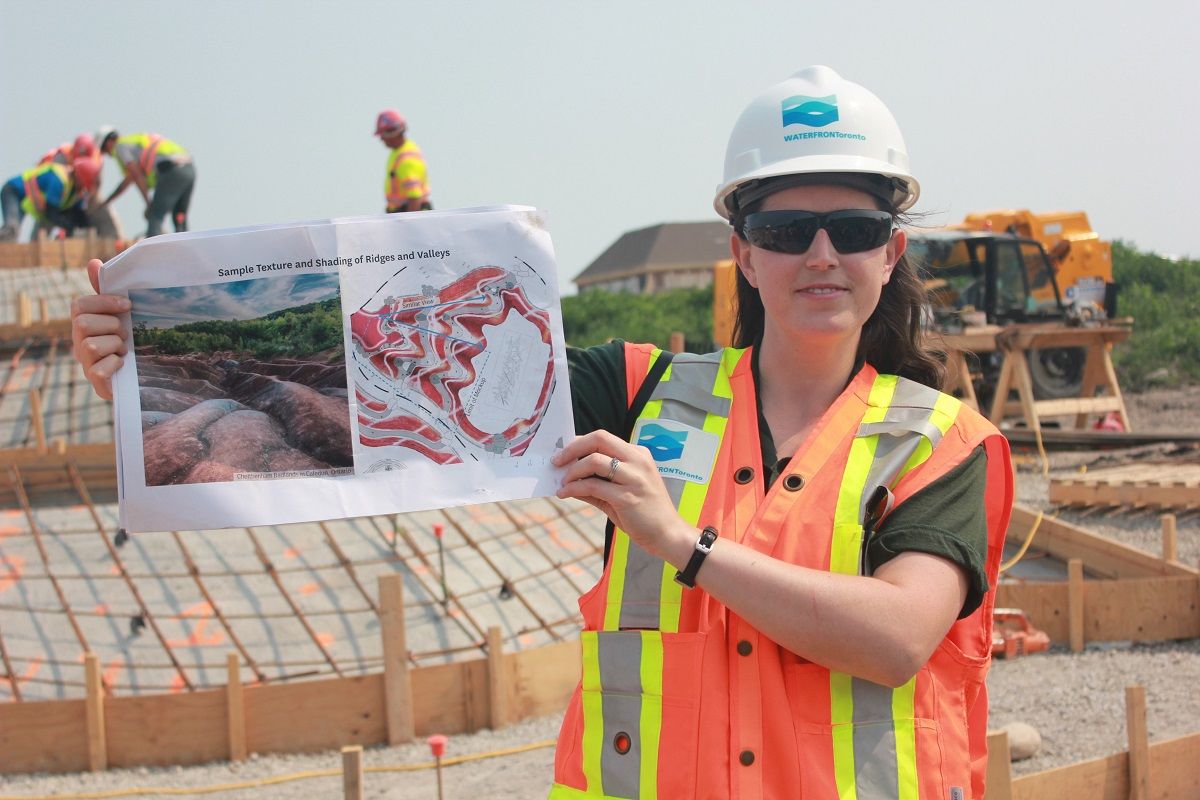
Discussions of extreme weather impacts on parks often centre around heat, drought, and flooding, but another highly damaging aspect comes from wind.
We heard from a number of cities that increased and sustained high wind speeds during storms is causing increasing damage to tree canopies—which is also bad news for cities trying to increase canopy cover as part of their climate change mitigation strategies. While some proactive actions, such as regular monitoring of tree health, can help, damage from wind unfortunately cannot be protected against in the same way that flooding can be mitigated through design.
"We know that we have problems with lack, or reduced, tree canopies in the most vulnerable communities."City Staff Interviewee
This means that while proactive strategies are critical to mitigate the impacts of extreme weather, Canadian cities will also face the reality of increasing operational budget pressures for clean-ups and restoration efforts after storms.
Nearly all cities noted addressing the impacts of climate change as a challenge, but just over half reported they felt equipped with the knowledge and tools to address the impacts through their work in parks.
This is a troubling disconnect on one of our most critical challenges, but perhaps not a surprising one given the gargantuan and complex challenge posed by climate change. Part of the solution involves working collaboratively with other city departments that have their own specialized knowledge and jurisdiction over city spaces.
All of this is not to say that Canadian cities are dragging their feet on climate change adaptation through parks. Although almost half of cities disagreed that the majority of their parks were well-designed to withstand the impacts of climate change, they also listed a number of current climate resilience park improvements. These include increasing green infrastructure to manage stormwater, increasing native plantings to better adapt to changing climates, and heat mapping to ensure investments in greening are made where they are needed most.
"We are seeing a lot of change in storm intensity and our shorelines are getting beaten up for it...we’re taking advantage of repairing our shoreline to create better public space. I think there are some great opportunities to address climate impact on public space and make the space better and safer, but also maybe jazz it up a bit while you’re at it."City Staff Interviewee
All of these elements are critical, but we have also found that many cities are engaging in these climate resilience park projects in an ad hoc project-by-project manner rather than as part of an overall strategy. More must be done to enshrine these elements into park construction standards and staff training to ensure that specialized knowledge is not lost when staff move on. Additionally, we found few cities are collaborating with Indigenous communities to integrate traditional knowledge into climate resilience approaches in park design and planning.
Despite increased awareness and dialogue about equity in the past three years, many parks departments still think of equity narrowly as the distribution of amenities and parkland.
While access to quality parks is a key part of equity, this limited vision overlooks inequities in how park space is experienced along socio-economic lines such as race, age, ability, income, and gender. These can have important implications for how park space is designed and programmed, as well as barriers and usage.
Not everyone experiences the same park the same way. For example, in our 2021 report, we found that residents who identified as Black, Indigenous or a person of colour were far more likely to report that concerns about policing, ticketing, and social judgment were a barrier to park use.
Canadian data also shows that poorer and racialized neighbourhoods have less access to green space, which has implications for park use and climate resilience. Many of these neighbourhoods are also listed as urban heat islands where the lack of green space translates into higher temperatures especially during extreme heat events, which can have fatal consequences. However, there is a strong desire from city staff to dig deeper on this issue, particularly in developing more robust data-driven equity responses that layer socio-demographic data with heat mapping and park access metrics.

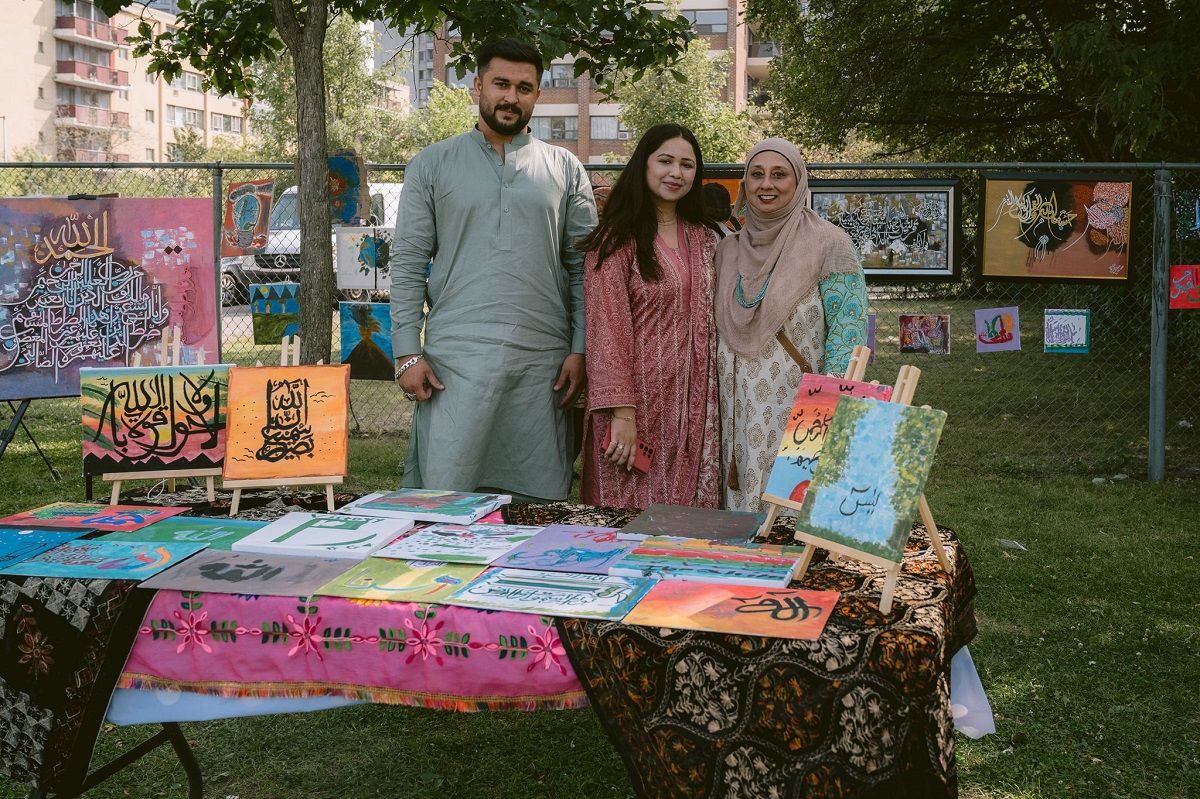
When asked their perspective on which urban issues the parks sector has a role in addressing, city staff placed reconciliation, anti-racism, houselessness and green gentrification at the bottom of the list. Interestingly, these same issues were the ones city staff reported feeling least knowledgeable about.
Our interviews suggest many city staff recognize systemic inequities exist and are a key challenge for parks, but lack the tools to address these issues or relate them to their own work.
"The similarity I’m seeing between other cities and us on social equity issues. I didn't realize that until I met with these other parks and rec managers–we’re all facing the same issues–unsheltered people, food security, lower income, high needs areas. This is the first time I’ve experienced this–and it’s a good thing–that people are actually thinking a lot about [this]."City Staff Interviewee
Even if they have the tools, most city staff reported that the overwhelming amount of work on their plate means it’s challenging to prioritize embedding an equity lens. We also heard that staff hired for equity-focused roles are at risk of experiencing burnout faster due to carrying the weight of being both the public face of challenging equity issues as well as being relied on for cultural translation roles within the city. While it’s a positive sign that cities are hiring for these roles, the responsibility of addressing inequities must be shared across staff.
"The city has a hard time keeping its staff [specializing in reconciliation] ... it just puts a lot of strain on them to constantly be trying to educate and mentor."City Staff Interviewee
There is a need for stronger training and support for park staff to apply strategies for unpacking inequities within parks, including planning and design, community engagement, by-law enforcement, and maintenance.
The increased visibility of the houselessness crisis since the start of the pandemic has pushed encampments into the public spotlight.
As we have written about in our 2020 and 2022 reports, parks departments have lagged in adopting human rights-based responses, often feeling ill-equipped to ethically engage with the reality that parks are often homes. We heard that encampments remain top of mind for cities. In our conversations, we observed a growing sentiment among city staff that houselessness is more complex than a “housing issue,” and the parks sector has a role in contributing to collaborative solutions.


After many ad hoc and harmful responses during the early stages of the pandemic, we are also seeing an intention among municipalities to prioritize more informed, consistent, human rights-based strategies moving forward.
"With houselessness ... we find our park staff are doing things they never thought they were ever going to have to do. And we're not really trained in that area... It's really hard, heartfelt and very emotional."City Staff Interviewee
However, cities remain challenged in putting this into practice. Some parks staff noted a need for clearer direction to come from senior leadership and the corporate level to support them in making this shift.
Others felt lost in the logistics. Some mentioned feeling unsatisfied with the effectiveness of their interdepartmental collaboration structures, overwhelmed by the volume of public complaints, and unsure how to support front-line parks staff handling mental health concerns and burnout. Due to the politically sensitive nature of encampments, there is little information-sharing between municipalities, leaving many parks departments with a sense of isolation and uncertainty in navigating this work.
"We can't remove an encampment from a park unless these people have homes to go to."City Staff Interviewee
Importantly, for a second year in a row, our public survey shows that the majority of city residents who observe encampments in their local parks are not personally impacted by their presence. This underscores the need for cities to prioritize informed, rights-based encampment response strategies, rather than complaint-driven displacement tactics that do not contribute to long-term solutions.
One of the top areas of conflict in parks is competing visions for how parks should be used.
Are they calm spaces for relaxation and connection to nature? Recreational spaces for sports? Social spaces for community events? Productive spaces to grow food? Increasingly, the answer is yes, all of these—and often within the same space. There are a lot of factors at play—many of which we’ve written about. These include increasing and changing use of parks driven by demographics and a culture shift during the pandemic, growing populations and intensification, and scarce land for new parks—especially larger ones that can more easily accommodate multiple uses.

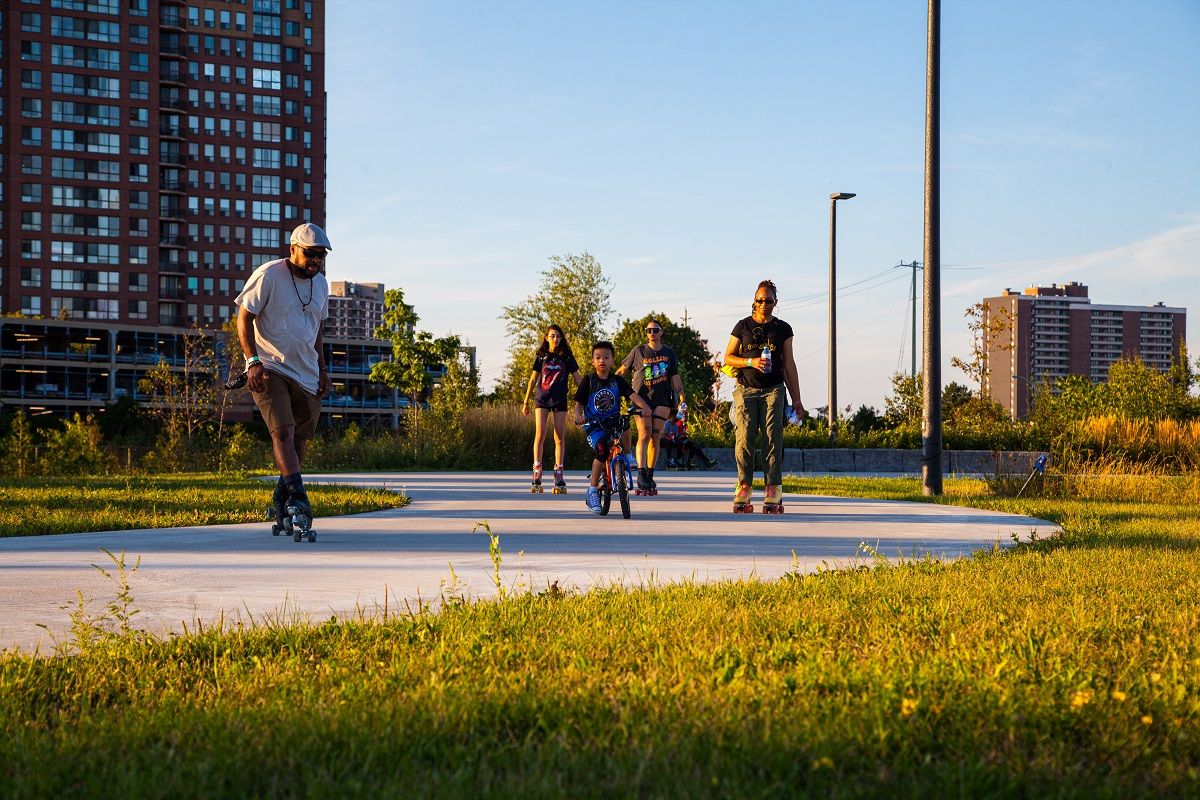
City staff find themselves playing catch up to new trends, which often clash with older ways of using parks. For example, the rise in pickleball has sent cities scurrying to find space for courts to satisfy demand, often turning to underused tennis courts, which then cause conflict with tennis players.
"For us, as parks people, we're really trying to balance all of these needs, and listen to the community... but there's only so much land, and loud voices tend to dominate."City Staff Interviewee
Long the “third rail” of park design, dog parks are also high on the list of amenities that cause conflict. As we’ve written before, these conversations can get extremely heated. Cities have tried various avenues, such as deeper community engagement and community involvement in dog park operations to try to bring the tension down.
"Everyone needs more space. And there’s not enough land to give ... There’s lots of emerging and unique sports that are coming out like spike ball and pickleball and disc golf … when new ideas come we can’t squeeze them into parks because it’s just squeezing somebody else out—and that we deal with a lot right now."City Staff Interviewee
At the heart of it, however, is often an issue of both restricted physical space and different cultural norms—and an increasing need to engage in public conversations about what it means to share space in ever-densifying cities. Sometimes sharing space actually means ceding space to prioritize the needs of equity-deserving groups, while other times it’s about finding the right balance or designing spaces flexibly to accommodate multiple uses.
For example, off-leash dog areas that are open during certain hours or courts designed to accommodate multiple sports. More and more, park design is going to become an exercise in layers that can support multiple uses at different times and in different seasons. Many cities simply do not have the space to afford to let areas of parks, such as outdoor courts, become dormant in the “off season.”
These types of designs are, again, an example of focusing on park quality. As one park director pointed out, designing spaces for flexibility is a marker of designing high-quality parks for the future.
This year continued a trend of residents reporting they don’t feel they have the ability to influence what goes on in their local park.
But the good news is that the majority of residents are interested in some kind of involvement—whether advocacy or community events. While not having enough time to participate was the main reason, three of the other top reasons were related to lack of information or support from the city.

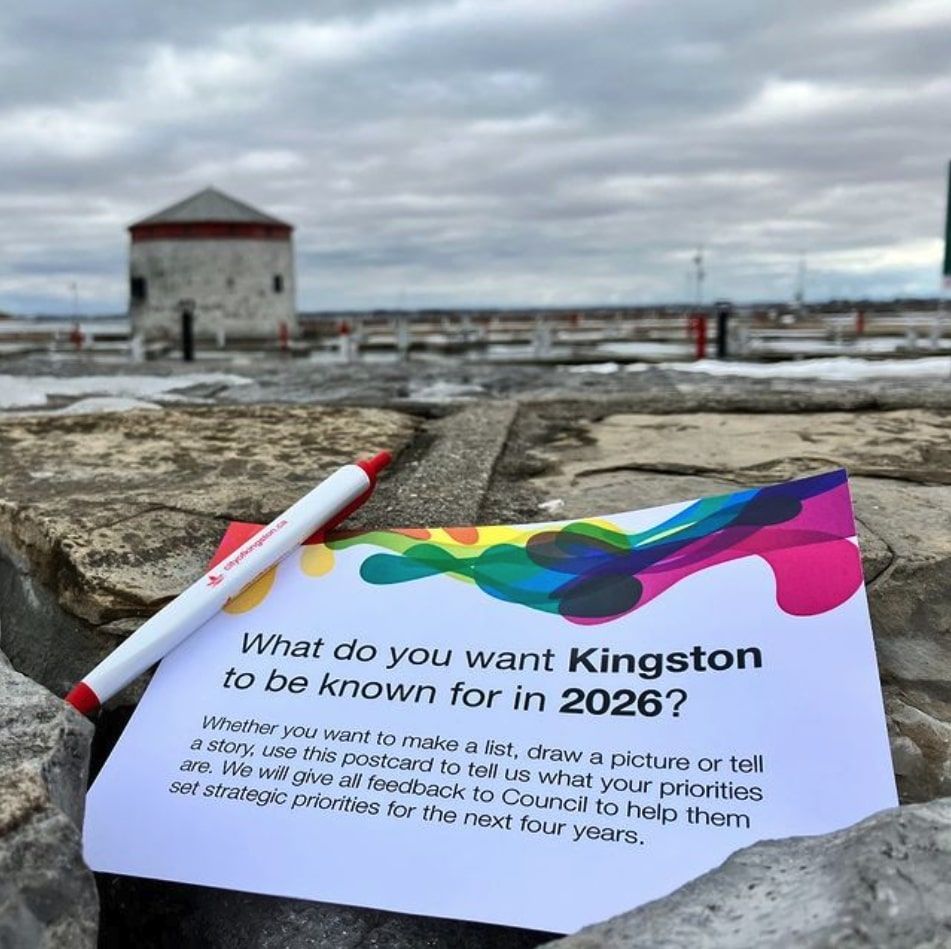
This comes down to staff time and funding. While there is rising interest from residents in being involved in parks, this hasn’t been followed by a rise in funding to support increased volunteer programming. Interestingly, while the majority of city staff said they feel they have strong relationships with community park groups, they also said the city did not have adequate resources to support these groups. Meanwhile, our survey of over 100 community park groups found the majority of groups did not feel they had a strong relationship with their city. Clearly there is a disconnect.
When asked how city staff supported community groups, many mentioned ad hoc processes and one-off projects rather than a sustained or systematic approach. Much of the funding support for community groups is based on capital grants and co-funding arrangements rather than ongoing operational or programmatic support. While these programs may be effective at building new amenities, they are less effective at sustaining community groups over time, which can lead to burnout among volunteers.
"The work that [community groups] are doing fills a void that is really important to us, whether it's people who have adopted spaces and are doing cleanups or cleaning up the natural areas where we really don't have enough staff to get to, that's really important. So we do as much as we can to support them."City Staff Interviewee
Creating more sustainable community involvement programs would require more resources, but it would also create stability for community groups while providing a more equitable playing field. In ad hoc systems or ones that rely on co-funding agreements, it can often be communities that are already well-connected or able to raise funds that reap the greatest benefits.
Supporting community groups is not just important for local park activities and volunteer natural stewardship programming, which can positively impact a park’s social and natural environment. City staff also recognize the important role that community members play as advocates—often voicing loudly the things that city staff aren’t able to say in public.
"What we need is a strong advocacy group that comes in and goes to council and complains about this stuff to make a change. It’s very often not us that makes the change, but the public that makes change."City Staff Interviewee
This includes advocating for more public funding for parks, better amenities, and pointing out gaps and issues with current systems. Some city staff said that community advocacy is one of the most effective avenues to get support for park initiatives and projects, including residents raising the issue with their local councillor or organizing public campaigns.
While advocacy-based community groups do exist in some cities, as one city staff person pointed out, they are often focused on single issues, such as dog parks or pickleball. This person mentioned it would be helpful to have more general park advocacy groups that raised issues around overall budgets and park development. While the city cannot create such a group itself, it can support more actively involved residents by investing in volunteer programming, grants, and in-kind supports.
In the last five years, the narrative about the myriad benefits of parks has grown louder.
What hasn’t grown, however, is funding for parks departments to achieve these benefits through park systems that keep pace with growth, include high quality materials, and provide support for sustained community involvement. This lack of appropriate funding has had numerous deleterious impacts on parks and park staff, including delayed projects, unmet maintenance standards, reduced community programs, and inadequate staffing levels which can in turn lead to staff burnout.


The reality is that budget cuts to parks are not immediately felt in the same way that cuts to other city services are felt. When you cut the library budget, reduced operating hours mean you encounter locked doors at your local library.
But cuts to parks often take months or years to materialize before residents start to encounter fields that look mangier, benches that have gone unrepaired, broken water fountains, and overflowing garbage bins.
How can we ensure one of our most important resources—public space—has the financial support needed for these spaces to thrive?
We heard from city staff that more cross-departmental and jurisdictional partnerships are needed to combat siloed funding and decision-making. Whether it’s housing, public health, community development, economic development or another city department, there is likely an opportunity where a park project aligns with their own strategic goals.
The structure of parks departments can also have an impact. Every city we spoke to structures their parks department differently. Some are housed all together in the same department, while some split planning and capital staff up from operational staff and still others have recreational staff in other departments. While there is no one right way to structure things, we did hear from staff that having planning, capital, and operational staff in different departments can have an impact on internal culture, priorities, and collaboration opportunities.
"The folks in transportation that we collaborate with are really well aligned with the direction that we're going with parks and open spaces, and we're finding common goals."City Staff Interviewee
A bright spot in this area has been growing relationships between transportation and parks departments, which together oversee the vast majority of public space in cities between roads and parks.
Multiple city staff we spoke with mentioned increasing collaboration between these departments has led to innovative projects that realize multiple benefits. For example, Vancouver pointed out that collaboration between the Park Board and City Engineering on the Rain City Strategy has led to projects that reduce stormwater runoff while creating new green space for people and wildlife habitat.
In Toronto, collaboration between Transportation Services and Parks has led to redeveloped parks, like Berczy Park, that include redesigning adjacent roadways as flexible public spaces to help visually and physically expand public space, while also calming traffic.
These collaborations result in spaces that are more functional and beautiful, while also helping achieve the goals of both departments. While we should be advocating for increased park budgets, cities also need to support more collaborative projects between city departments where goals overlap and budgets can be shared.
"Almost every department that I work with is running at 110% capacity. They’re trying to move whatever project is on their plate. Sometimes that’s the biggest challenge ... Everyone is going very, very fast, and trying to be the most courteous and respectful to get the best quality final solution that is most sympathetic to all of your colleagues."City Staff Interviewee
The work of parks will not become simpler over time—it will become even more complex. There is much work to be done to live up to the long-proclaimed idea that parks are the democratic spaces of our cities where all people can come together to celebrate our commonalities and our differences. Building internal cultures of support and collaboration within parks departments and with other city departments is critical to realizing that potential.

